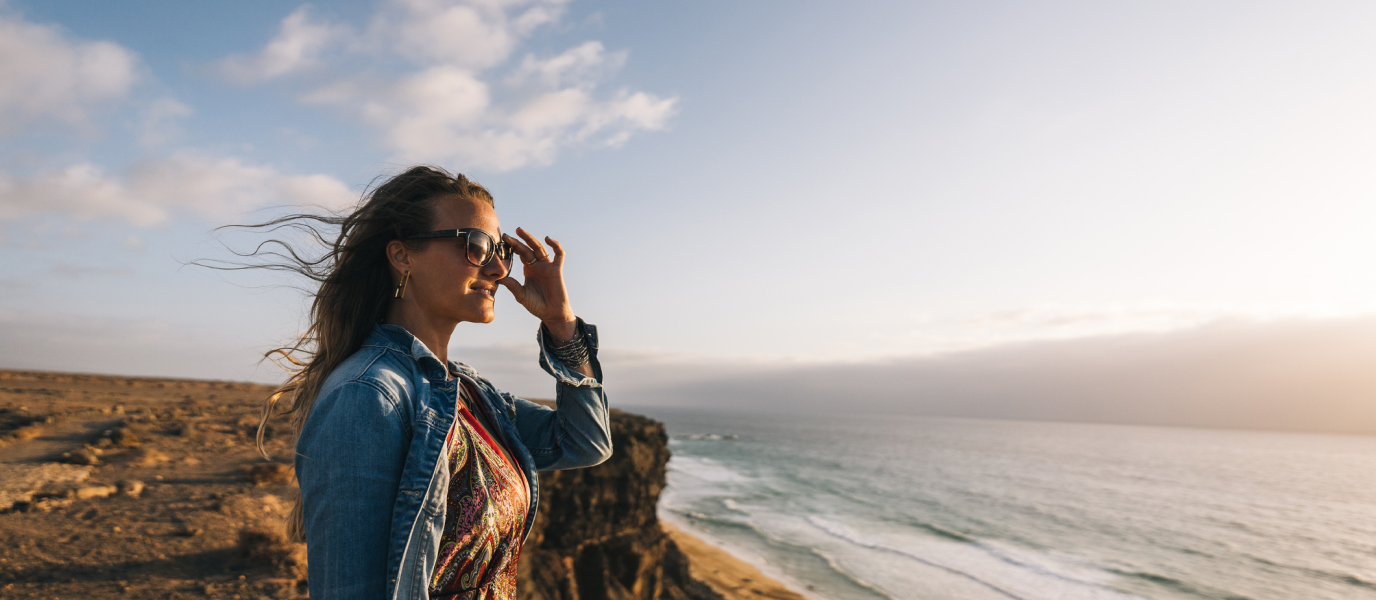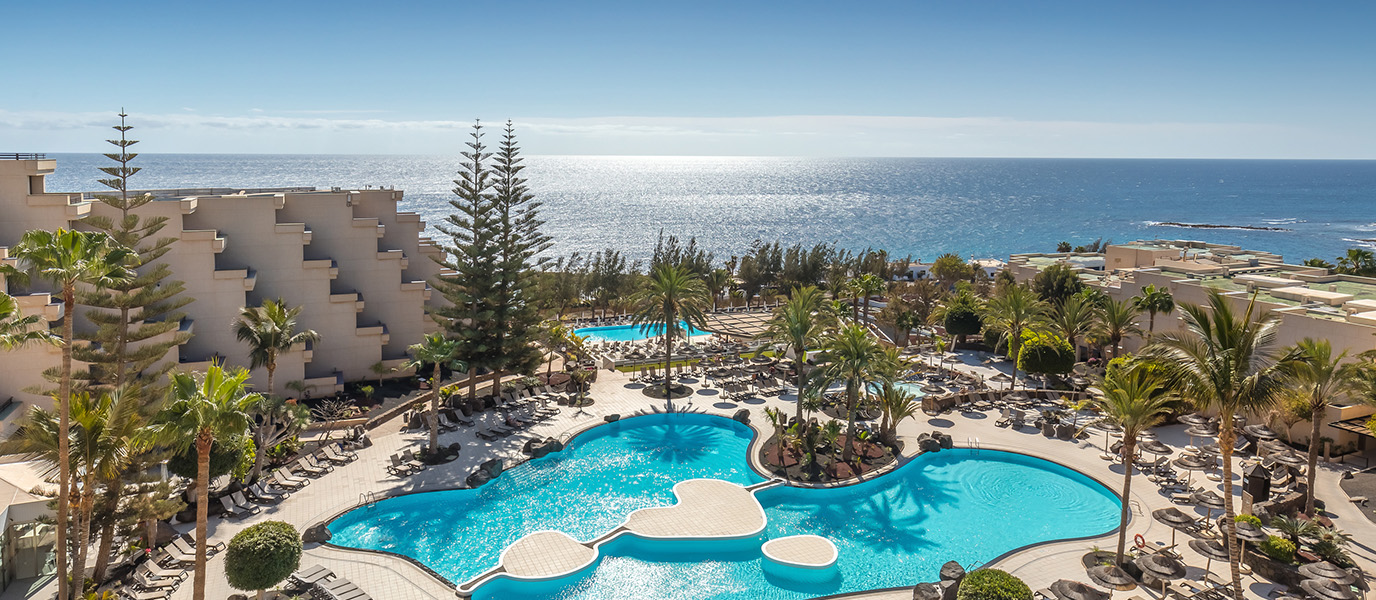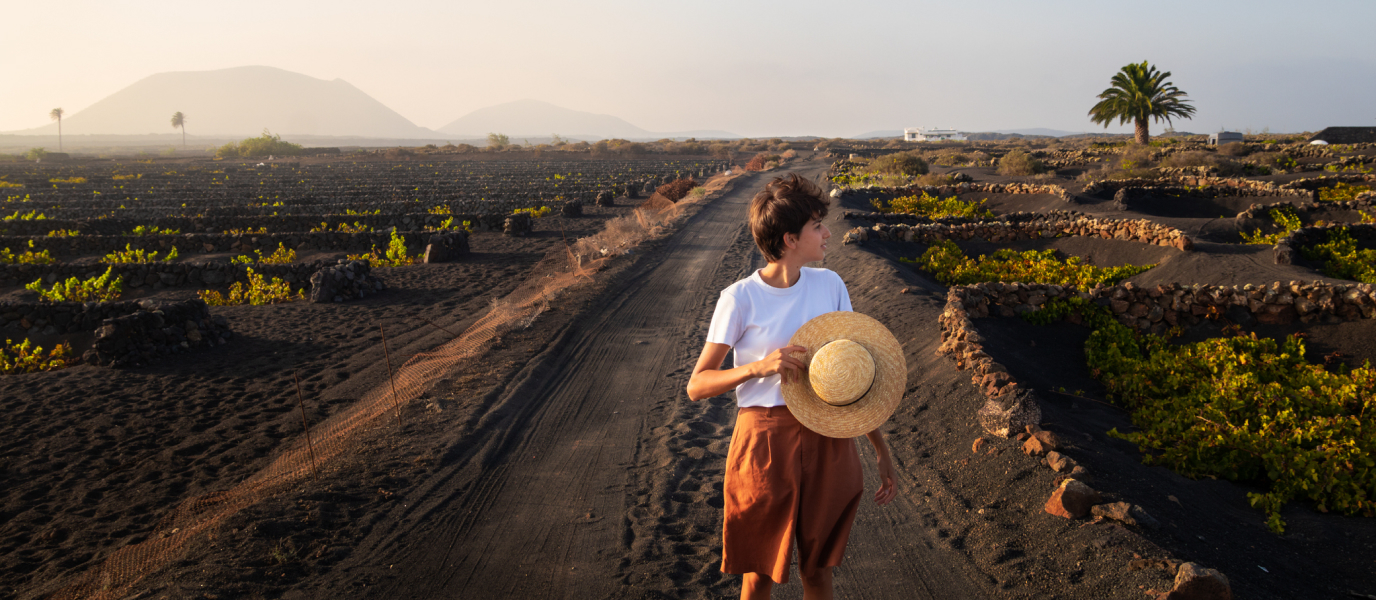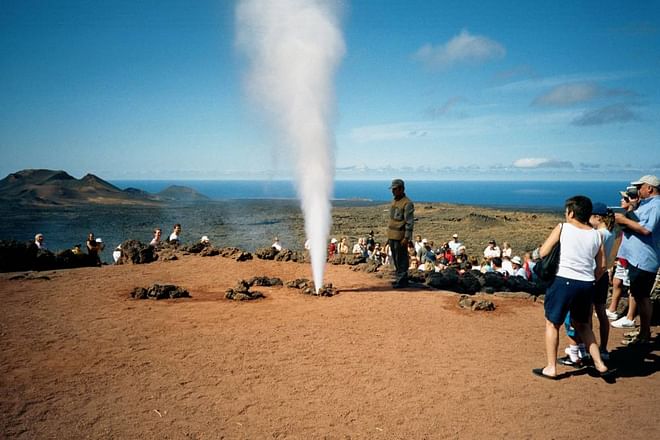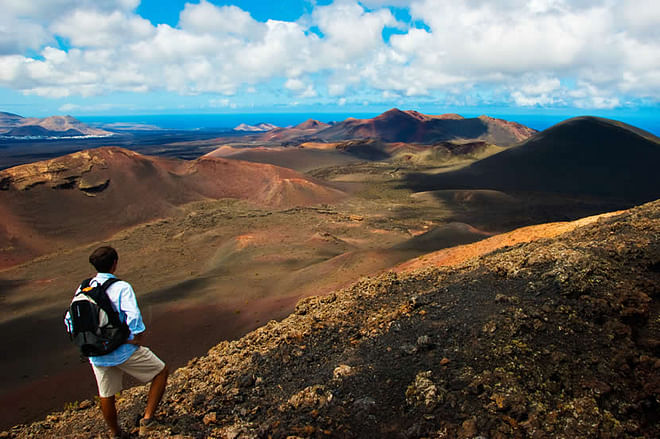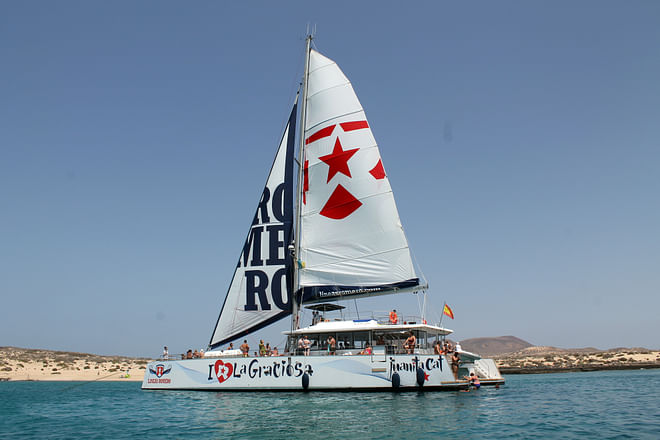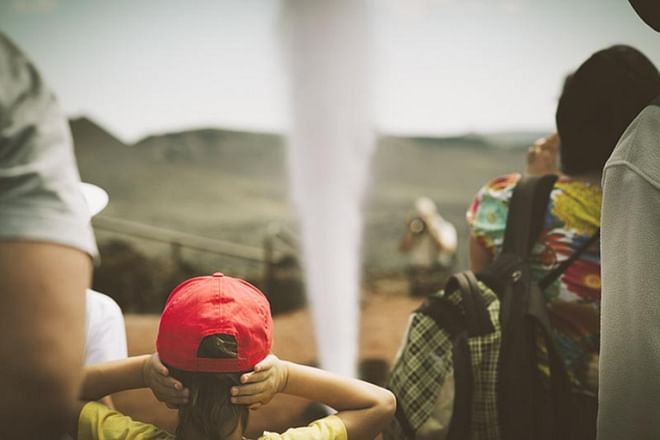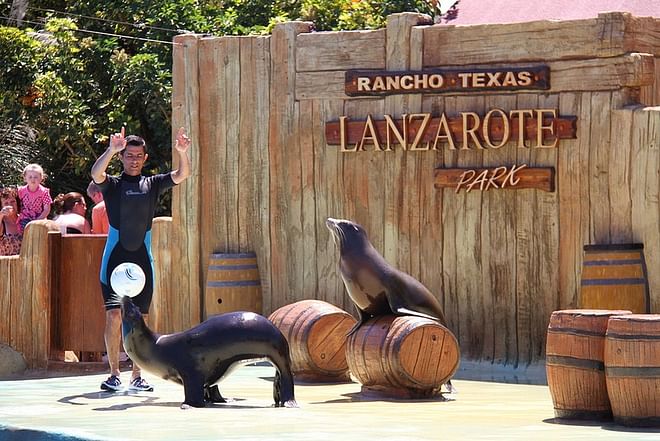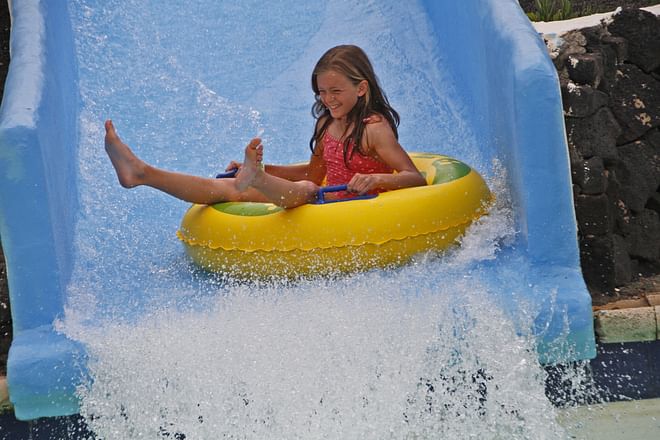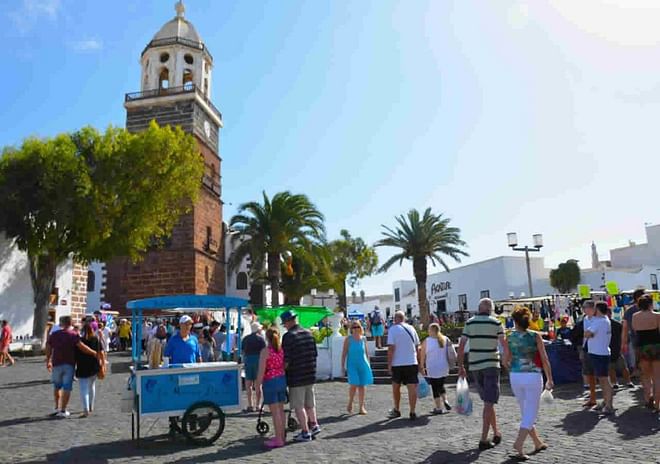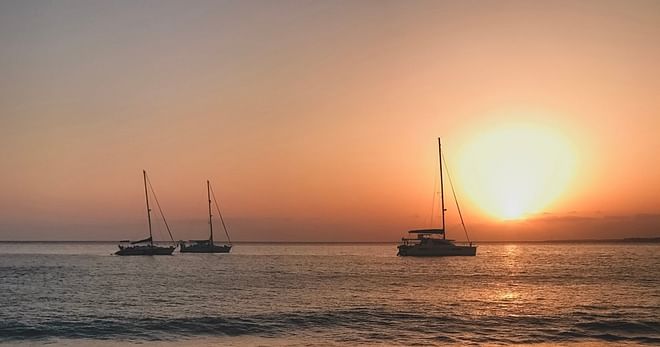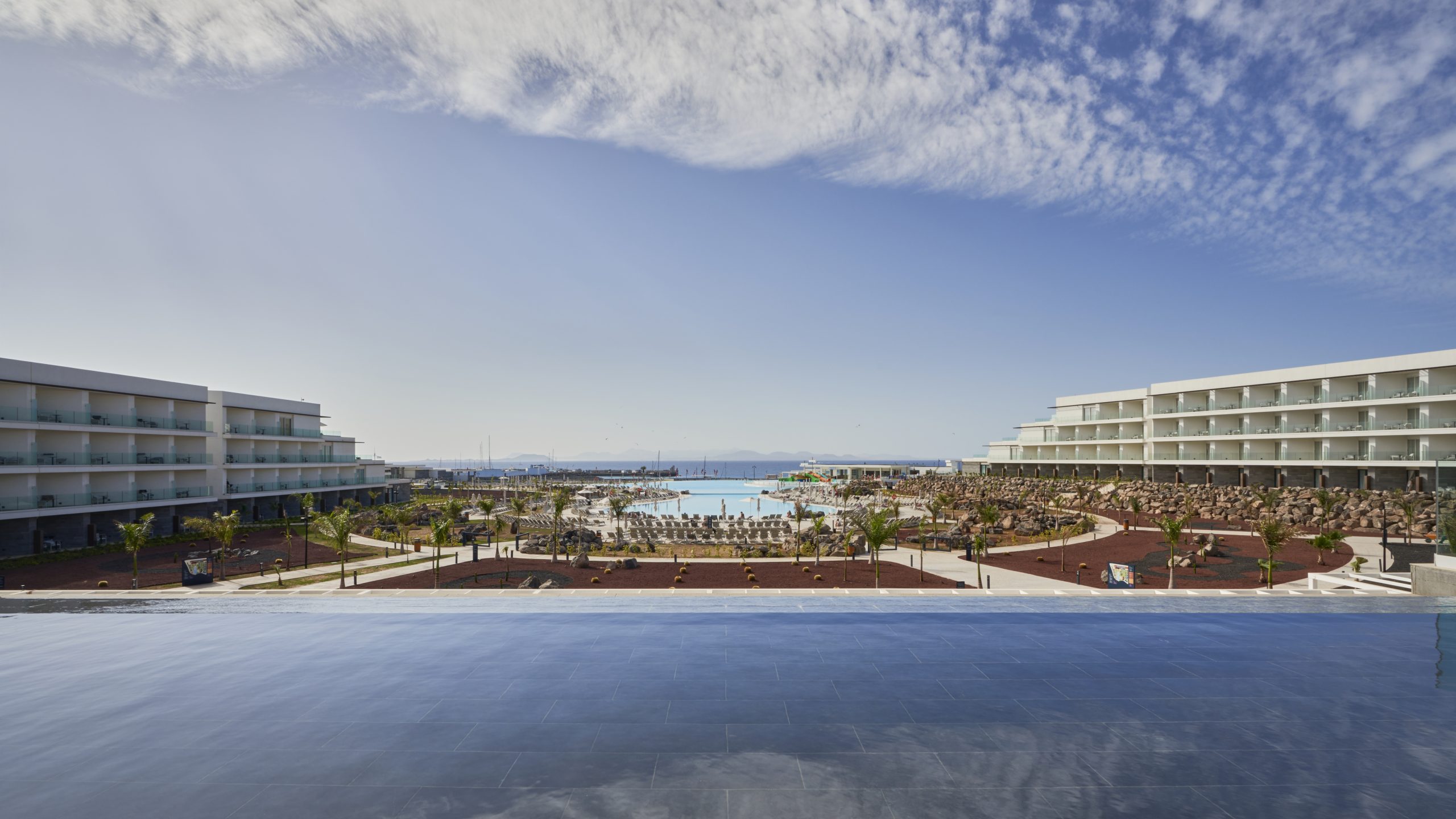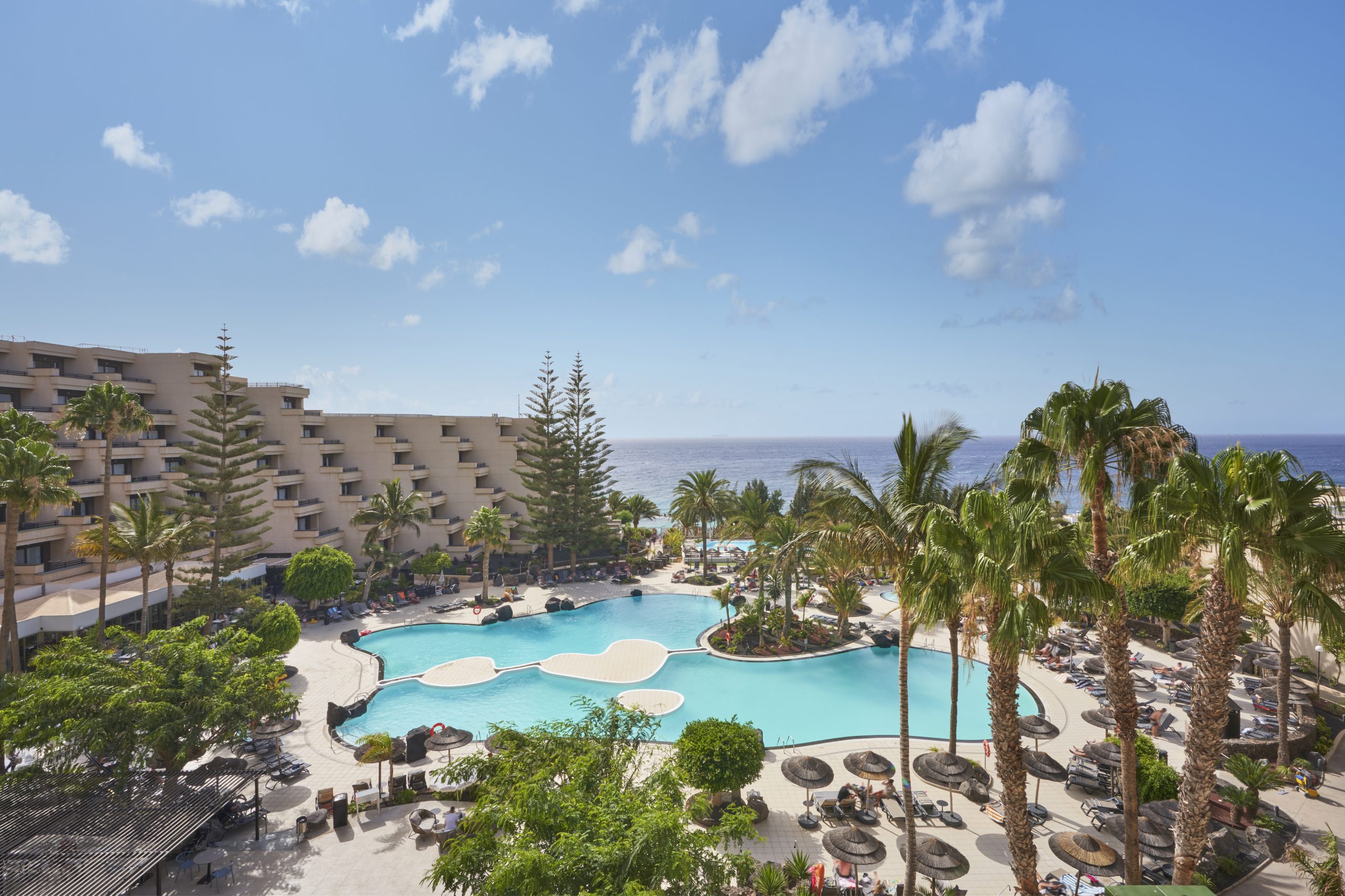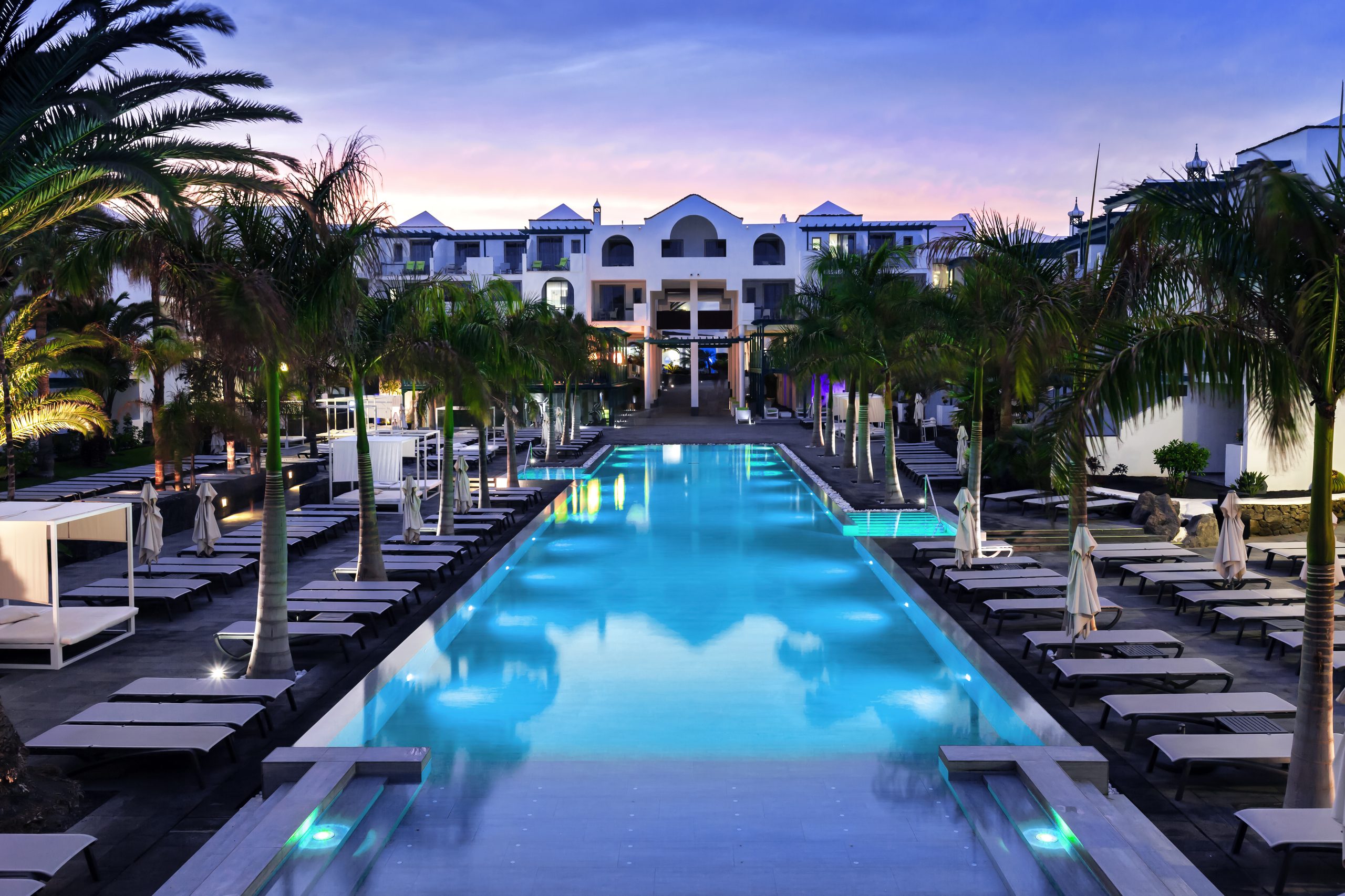The Castillo de San Gabriel, one of Lanzarote’s oldest fortresses, rises above the calm waters of the bay of Arrecife, on an islet which the locals (or conejeros) call ‘del Castillo’. To the older islanders however it was always known as the Islote del Quemado—a reference to the devastating fire suffered during an attack by the feared Ottoman corsair Morato Arráez in 1586. Down the centuries, English, French and Dutch pirates also faced the cannons of San Gabriel, but the resounding defeat of the British Rear Admiral Horatio Nelson, on the nearby coast of Tenerife, marked the beginning of the end for piracy at the close of the eighteenth century. Nowadays the Castle stands as an essential stopping-off point, not only for the Museo de Historia which it has housed since 1972, but also because of the breathtaking views from its rooftop of both the island’s white capital city and the immense Atlantic Ocean.
A history of pirates and corsairs
If you hadn’t already realised it, a good proportion of Lanzarote’s place names reflect a distinctly military character. Although many will disagree, the name of the island itself originates from the lanza rota [broken lance] of the Norman conqueror Jean de Bethancourt when he landed on the island in 1402. Other similar examples can be found around Arrecife’s waterfront, the hub of the present capital. One is the popular Reducto urban beach, whose name reminds us of the huge wall that, in the age of the pirates, would shield the soldiers from enemy attack, or the Puente de las Bolas, whose famous balls are nothing less than the cannon balls regularly used to repel attacks by pirates. This bridge leads us to the Castillo de San Gabriel, a fortress built in 1573—at the request of the Captain-General from whom it takes its name—in response to the devastating attack by the Berber pirate Dogalí two years earlier.
We have only touched on the beginning of a centuries-long story, in which pirate incursions into the port of Arrecife became a regular feature. The Castillo de San Gabriel was to be one of the first fortresses in the Canary Islands purposely built to counteract this menace, spurred on by the same Christian mounted forces which, with the consent of Carlos V, were advancing on the coast of North Africa.
El Castillo de San Gabriel through history
Nowadays, the Castillo de San Gabriel is accessed via two distinct roads, one for traffic and the other for pedestrians. While the first is an unprepossessing structure, the other has been known, since it was built in 1771, as the Puente de las Bolas: a small drawbridge with two cannon balls mounted on its pillars. This, along with the Castle itself, has held the status of a National Historic Heritage Site since 1972.
Leaving the sea some 175 metres behind us, we arrive at the fortress which Don Agustín de Herrera y Rojas (the first Count and Marquis of Lanzarote) ordered to be constructed in 1573, in response to the imminent threat from pirates. Although the first version was made from wood, and as might be expected, was burnt down ten years later under siege from Morato Arráez, there is no question that the second version, built in 1591, was built to last. The work of the Italian engineer Leonardo Torriani, who was sent by Philip II to restore the island’s precarious defence system, the new castle incorporated important innovations, evidence of which can still be seen. A primitive bridge, which predated the above-mentioned Puente de las Bolas, was built and provided with six cannons, whilst the towers were rebuilt in stone. On the flat roof formed by the second floor, there are still signs of the alterations—two gunboats and an exquisite belfry with a solid bell inside. Nowadays it is an object of admiration but in the Archipelago’s dark past, the locals would ring the bell vigorously when the dreaded pirates were sighted on the horizon.
The Museo de Historia, or the legacy of Juan Brito
Some will immediately recognise the figure of Juan Brito as the donor of a significant proportion of the cultural treasures now held in the Museo Arqueológico y Etnográfico del Castillo de San Gabriel [Archaeological and Ethnographic Museum]—officially the Museo de Historia de Arrecife since 2014. Juan Brito was a self-educated Canary Islander born in 1919 who, from a young age, felt compelled to scour his native island from dawn to dusk in order to gain an understanding of its past. He made some great discoveries, such as the colonies of fossils in Punta de Papagayo in 1958, and the engraved pre-Hispanic stone made on the order of the native king Zonzomas, which he found in 1962. In 1972 he gifted his entire collection, consisting of thousands of archaeological finds, to the Museum which was then preparing to open.
Today at the museum’s entrance, as a reminder of the building’s military history, there stand two heavy brass shells which were brought here at the end of the Second World War. Once inside the castle, a tour of the various rooms (and their collection of over 3,000 items) transports us back to the different periods in the island’s history: pre-Hispanic remains, most of them from the majos (the name given to the original inhabitants of Lanzarote) including idols, symbolic adornments and primitive tools, as well as Castilian and Andalusian ceramics dating from the early years of the conquest of the Canary Islands. It is also worth mentioning the scale models and facsimiles of historical documents that provide a concise explanation of the capital’s development, from its fishing and agricultural origins to its present status as a popular tourist destination.
Finally, an interesting titbit: in 1973, Juan Brito was appointed as the Official Custodian of the lava fields and landscapes of the Island of Lanzarote and, following his suggestion, houses on Lanzarote have been painted white ever since.




































































